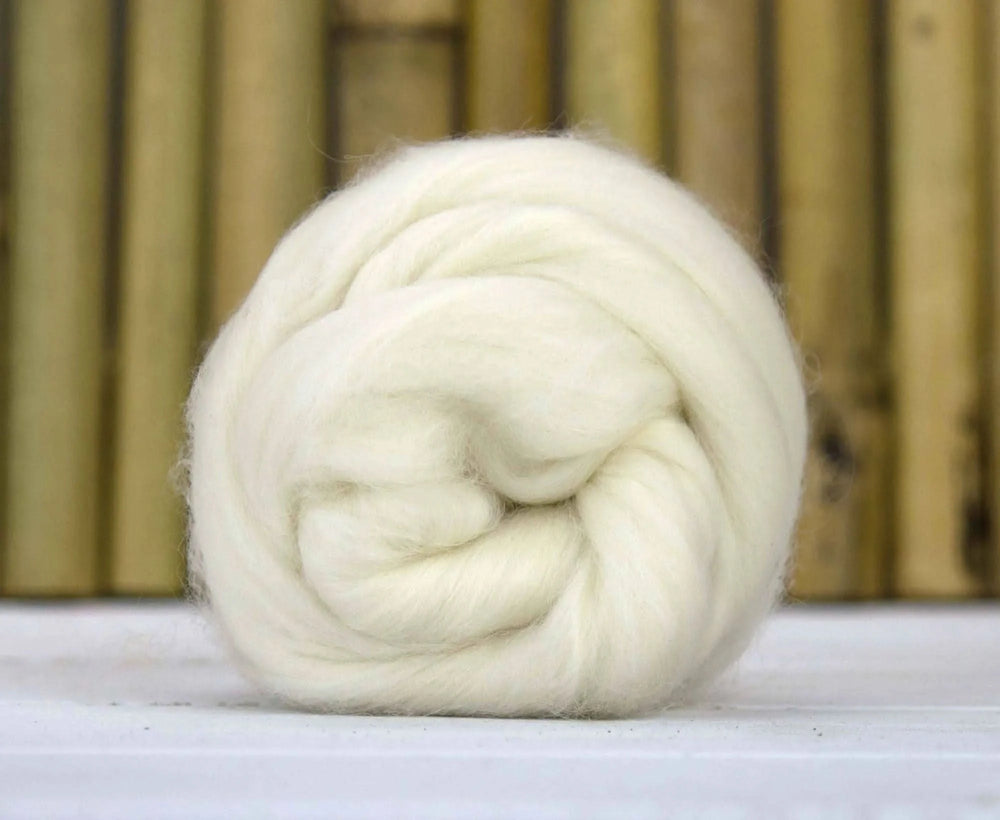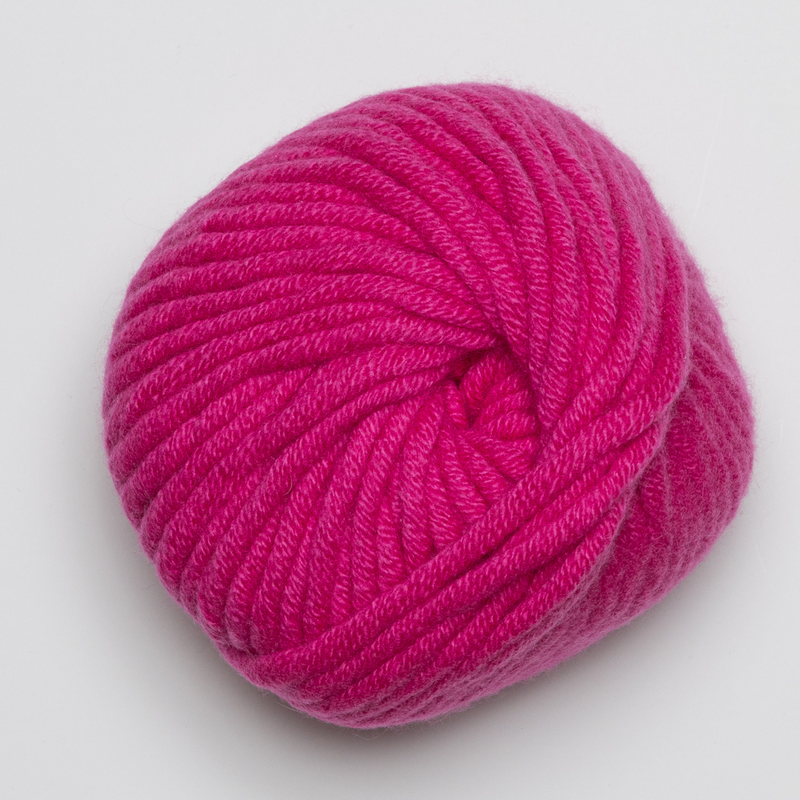Checking Out the Various Sorts Of Cashmere an All-natural Fiber for Ultimate High-end
Cashmere, a natural fiber, is typically connected with high-end and convenience. Nonetheless, not all cashmere is developed equal. From the richly soft Mongolian variety to the lightweight warmth of Indian Pashmina, each type offers its very own distinct features and appeal. The more cost effective Chinese cashmere, the traditional Scottish variant, and the high-end Italian blend, all inform a various tale of this amazing fiber. As we untangle the world of cashmere, a much deeper understanding of its true value and refinement starts to arise.
Comprehending the Luxurious Nature of Cashmere
Cashmere, typically related to high-end and comfort, holds a special attraction worldwide of natural fibers. This soft, lightweight material is fancied for its extraordinary warmth and impressive longevity. Unlike various other natural fibers, cashmere combines insulation with breathability, providing unequaled convenience throughout differing temperature levels. Its shiny surface and soft texture add to its premium charm, validating the premium price that often comes with cashmere garments. Additionally, cashmere's inherent crease resistance and flexibility improve its value, making it a preferred selection for premium clothes and accessories. Regardless of its fragile appearance, cashmere has a surprising strength, able to maintain its shape and elegant feeling gradually. This special blend of characteristics seals cashmere's position as an icon of style and extravagance.
Just What Is Cashmere and Where Does It Originate from?

Cashmere is obtained from the soft undercoat of cashmere goats, mostly located in Mongolia, China, Iran, and Afghanistan. This thorough procedure adds to the deficiency and high cost of cashmere. With its origin in the harsh landscapes of Asia, cashmere is a testament to nature's ability to produce luxury from hardship.
Deciphering the Various Kinds of Cashmere
Comprehending the various kinds of cashmere is crucial to valuing the top quality and one-of-a-kind characteristics of this extravagant textile. Usually, cashmere is classified right into 3 kinds: raw, virgin, and reused. Raw cashmere is directly acquired from the goat and is unrefined. This kind typically has pollutants such as dirt and rugged hair. Virgin cashmere, on the various other hand, is the pure, unrecycled material that is rotated right into yarn for the very first time. It is the softest and most glamorous. Finally, recycled cashmere is made from virgin product that has been formerly made use of. It is re-spun and used in producing lower-cost cashmere items. Translating these kinds is the primary step in recognizing the exclusivity and value of cashmere.

The Special Characteristics of Each Sort Of Cashmere
Having checked out the various groups of cashmere, it becomes evident that each kind flaunts its unique set of qualities. Mongolian cashmere, as an example, from this source is renowned for its premium top quality, due to Mongolia's rough wintertimes that create longer and finer fibers. On the other hand, Chinese cashmere is usually extra cost effective, though their explanation its much shorter fibers can minimize toughness. Scottish cashmere is commemorated for its charming gentleness, a result of the conventional water washing procedure making use of Scotland's soft water. Italian cashmere, at the same time, is popular for its skillful mixing and coloring techniques, making it lively and flexible. Last but not least, Indian cashmere, also called Pashmina, is cherished for its unbelievable lightness and warmth. Each type, hence, contributes to the textile's track record for high-end.
Why Cashmere Is the Epitome of High-end in vogue
Cashmere holds a prestigious position in the world of style, pertained to as a symbol of luxury and elegance (is cashmere a natural fiber). Cashmere is obtained from the great undercoat of Himalayan goats, recognized for their superior high quality fiber. Cashmere's unequaled comfort and sturdiness make it a sought-after material in the production of high-end garments.
The Refine of Making Cashmere: From Goat to Garment
The trip of cashmere, from being an undercoat of a Himalayan goat to a lavish garment, is a detailed one. This blend is then fastidiously divided, with only the soft down utilized for cashmere. From goat to garment, each action is a testimony to the perseverance, creativity and skill included in crafting cashmere.

Final Thought
To conclude, cashmere, with its natural sophistication and unequaled comfort, preponderates on the planet of deluxe style. The find out diversity in types, varying from the soft Mongolian, light-weight Indian Pashmina, economical Chinese, typical Scottish, to the vivid Italian, exposes the flexibility of this natural fiber. The meticulous procedure of transforming it from a goat to a garment better contributes to its exclusivity, making cashmere the epitome of sophistication and luxury.
Cashmere, a natural fiber, is commonly associated with high-end and comfort (is cashmere a natural fiber).Cashmere, often associated with deluxe and convenience, holds an unique allure in the globe of natural fibers. Unlike various other all-natural fibers, cashmere combines insulation with breathability, using exceptional convenience throughout differing temperatures. Cashmere is acquired from the soft undercoat of cashmere goats, mostly located in Mongolia, China, Iran, and Afghanistan. Cashmere is derived from the fine undercoat of Himalayan goats, known for their superior top quality fiber